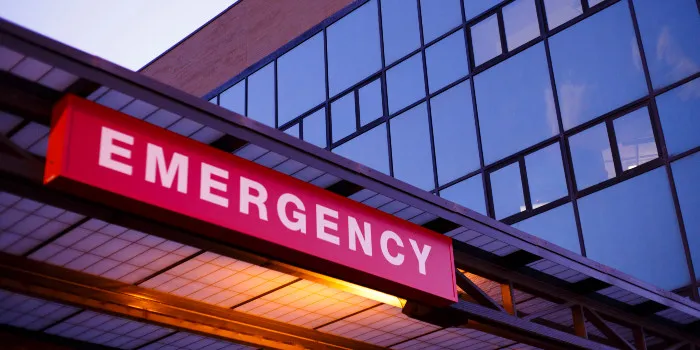Members of the bleeding disorders community regularly deal with small bleeds—and most of the time, they have a number of ways to handle them on their own. But some bleeds require immediate medical attention, depending on their severity and location. Knowing the difference between a regular bleed and a severe one could be the difference between life and death. After all, the No. 1 cause of preventable death from trauma is uncontrolled bleeding.
Here’s what you need to know about detecting and preventing these dangerous bleeds.
Symptoms of Dangerous Bleeds
For people with hemophilia, there are five major sites of serious bleeding that can threaten your life or cause long-term damage:
- Intracranial (head) bleeding
- Ocular (eye) bleeding
- Neck or throat bleeding
- Abdominal bleeding
- Kidney or bladder bleeding
These bleeds require a call to your healthcare provider, immediate intervention or a trip to the emergency room. Additionally, factor levels should be raised based on your medical team’s recommended treatment.
Head Bleeding
Bleeding in the brain can happen after a head injury or for other unknown reasons. Observable symptoms include prolonged headaches, vomiting, dizziness, confusion, slurred speech, sensitivity to bright lights, dilated pupils and seizures.
Eye Bleeding
Often the result of an injury, eye bleeds cause the white of the eye to become reddish and cause double or blurred vision. They can also cause pain when you move your eyes. If you experience these symptoms, seek medical care. In the meantime, hold an ice pack on the eye to slow the bleeding and reduce swelling.
Throat Bleeding
Bleeding from the mouth can be minor—for example, when you bite your tongue or cheek—but it can also be serious, as it can cause swelling that can impair breathing. Symptoms of serious throat bleeds include swelling or discoloration in the neck, trouble swallowing or breathing, choking, coughing or throwing up blood, and change in your tone of voice.
Abdominal Bleeding
Bleeding in the stomach or intestines can be serious. You may have a bleed in your gastrointestinal tract if you’re experiencing weakness, paleness, bloody or black stool, vomiting or coughing up blood, abdominal pain, or a distended, firm abdomen.
Kidney or Bladder Bleeding
Urinary tract bleeds result in blood in the urine, which can come from multiple places along the urinary tract, such as the ureters, bladder and urethra. Look for these symptoms:
- Pink urine, which may be a sign of an early urinary tract bleed
- Bright red or brown urine, which may be a sign of a later, more serious bleed
- Lower back pain
- Frequent urination
- Pain when urinating
Call your hemophilia treatment center for guidance on dealing with a urinary tract bleed, as proper treatment depends on the source of the bleeding.
Stay Safe While Staying Active
Dangerous bleeds are often the result of a traumatic injury, such as a sports injury or bicycling accident. While it’s important to remain active, there are ways to do so safely to lower your risk of severe injury.
You can avoid high contact sports such as football, boxing, wrestling or hockey, and instead opt for more low-impact activities, including cycling, walking, jogging, yoga and swimming. Even during low-impact exercises, be sure to wear the appropriate safety equipment—a helmet when riding a bike, for example.
Make Your Home Injury-Proof
Another way to avoid injuries is to remove common hazards at home that could lead to slips and falls, such as raised doorway thresholds, loose floorboards and clutter on the floor.

